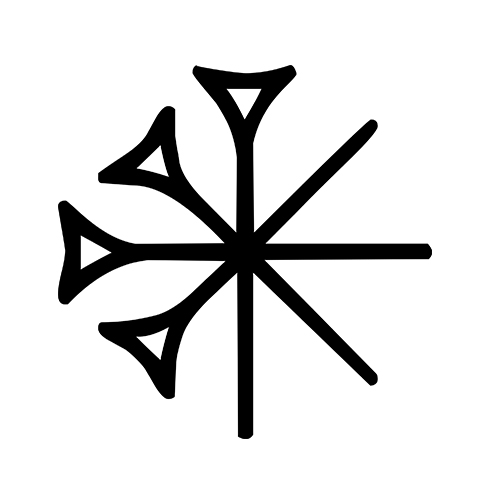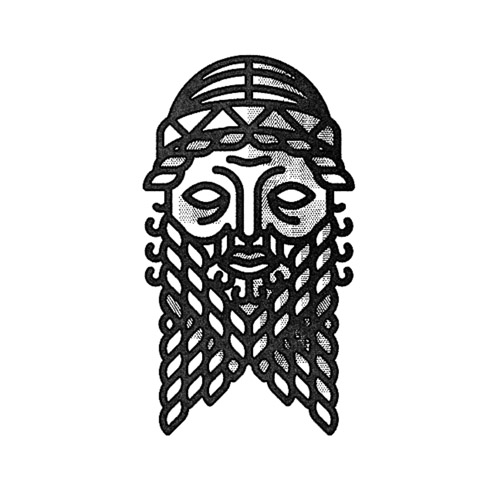About
In Adapa and the South Wind, Shlomo Izre'el focuses on the Mesopotamian deity named Adapa. This work includes a monograph treatment of Adapa, the myth, artifacts, and linguistic background of its origins.
Source: OMNIKA
The scholarly world first became aware of the myth of Adapa and the South Wind when it was discovered on a tablet from the El-Amarna archive in 1887. We now have at our disposal six fragments of the myth. The largest and most important fragment, from Amarna, is dated to the 14th century B.C.E. This fragment of the Adapa myth has red-tinted points applied on the tablet at specific intervals. Izre'el draws attention to a few of these points that were missed in previous publications by Knudtzon and Schroeder. Five other fragments were part of the Assurbanipal library and are representative of this myth as it was known in Assyria about seven centuries later.
The discovery of the myth of Adapa and the South Wind immediately attracted wide attention. Its ideology and its correspondence to the intellectual heritage of Western religions precipitated flourishing studies of this myth, both philological and substantive. Many translations have appeared during the past century, shedding light on various aspects of the myth and its characters. Izre'el unveils the myth of Adapa and the South Wind as mythos, as story. To do this, he analyzes the underlying concepts through extensive treatment of form. He offers an edition of the extant fragments of the myth, including the transliterated Akkadian text, a translation, and a philological commentary. The analysis of poetic form that follows leads to understanding the myth as a piece of literature and to uncovering its meanings. This study therefore marks a new phase in the long, extensive research into this Mesopotamian myth.
Source: Author or Publisher
expand_more Read more Read less
Access
External sources
Primary
Belief system

Sumerian religion refers to spiritual beliefs practiced from ca. 4500-1900 BCE in Mesopotamia, or modern-day southern Iraq. Many deities were diffused into other Mesopotamian cultures.
Deity

Adapa was a figure from Eridu that came to be known as the "wise man" after Enki provided him such wisdom.
Myths cited
It looks like only the main myth was referenced in this work.
Belief systems cited
Contributor
Cite this work
ChicagoIzre'el, Shlomo. Adapa and the South Wind: Language Has the Power of Life and Death. Winona Lake, IN: Eisenbrauns, 2001.








